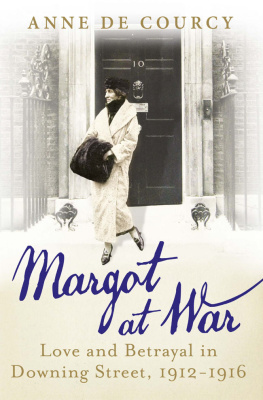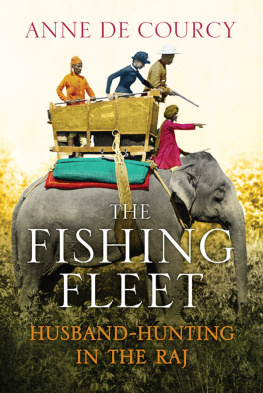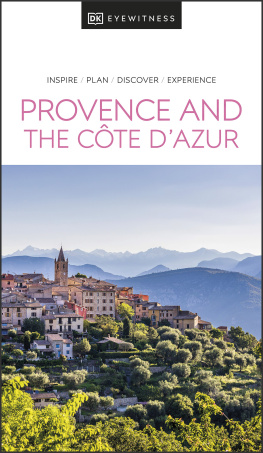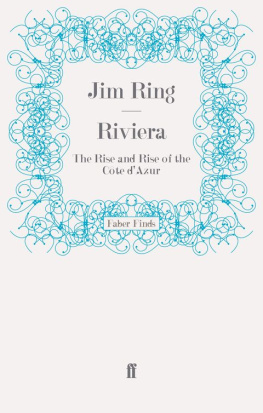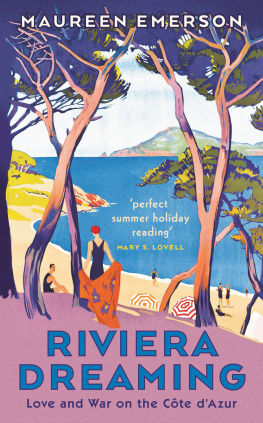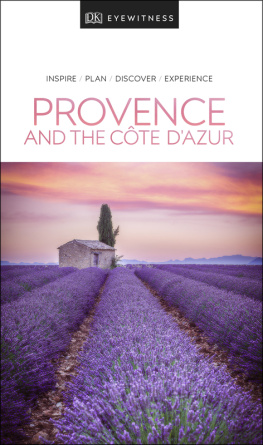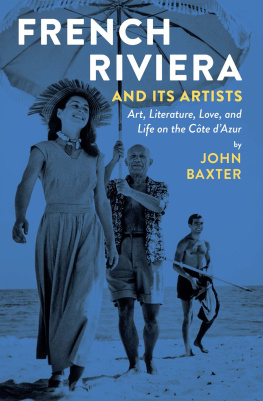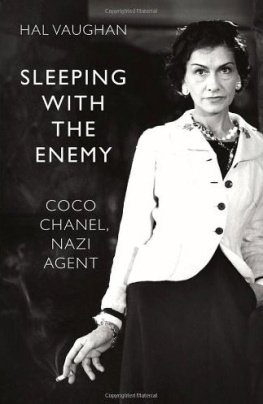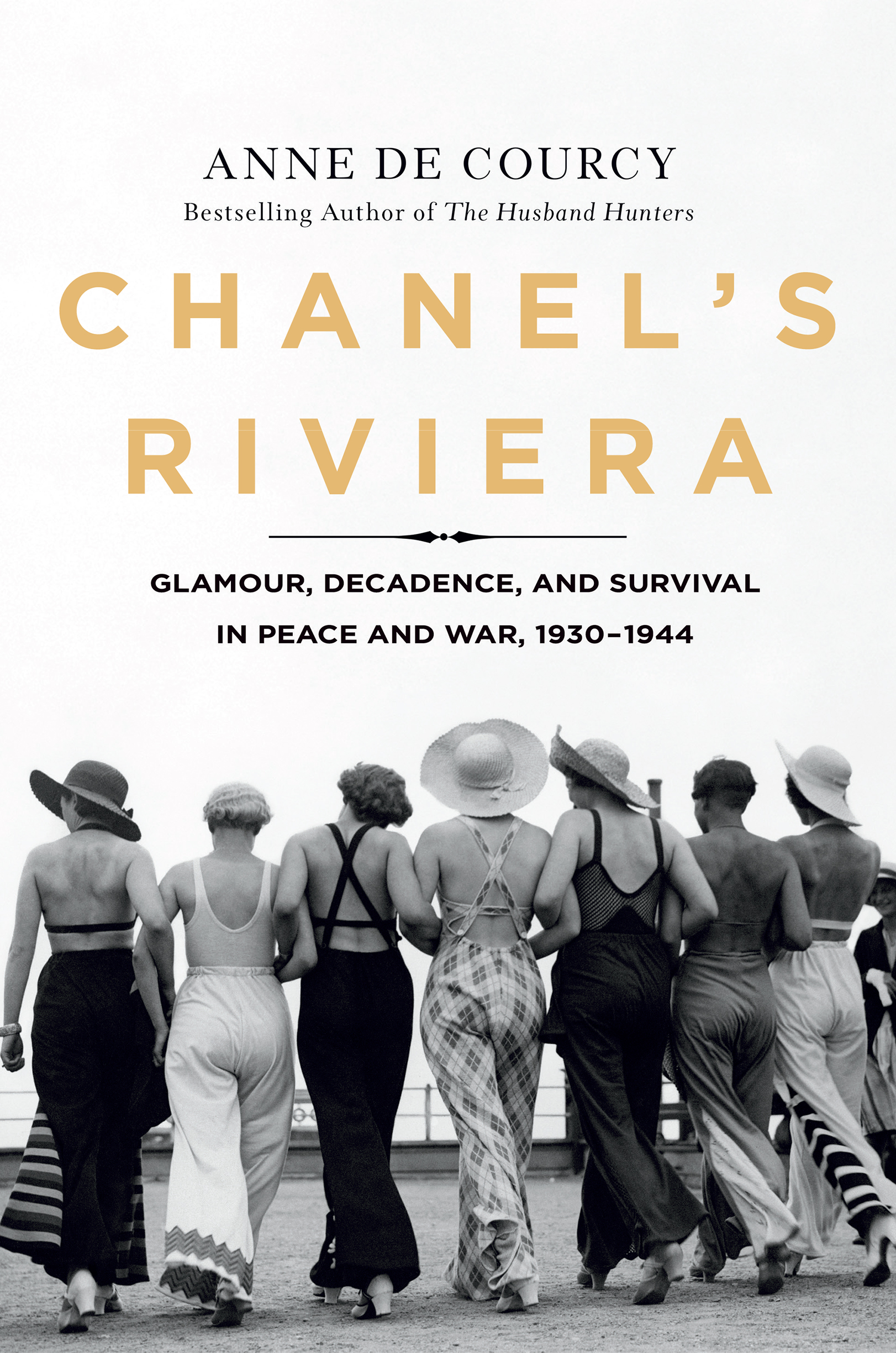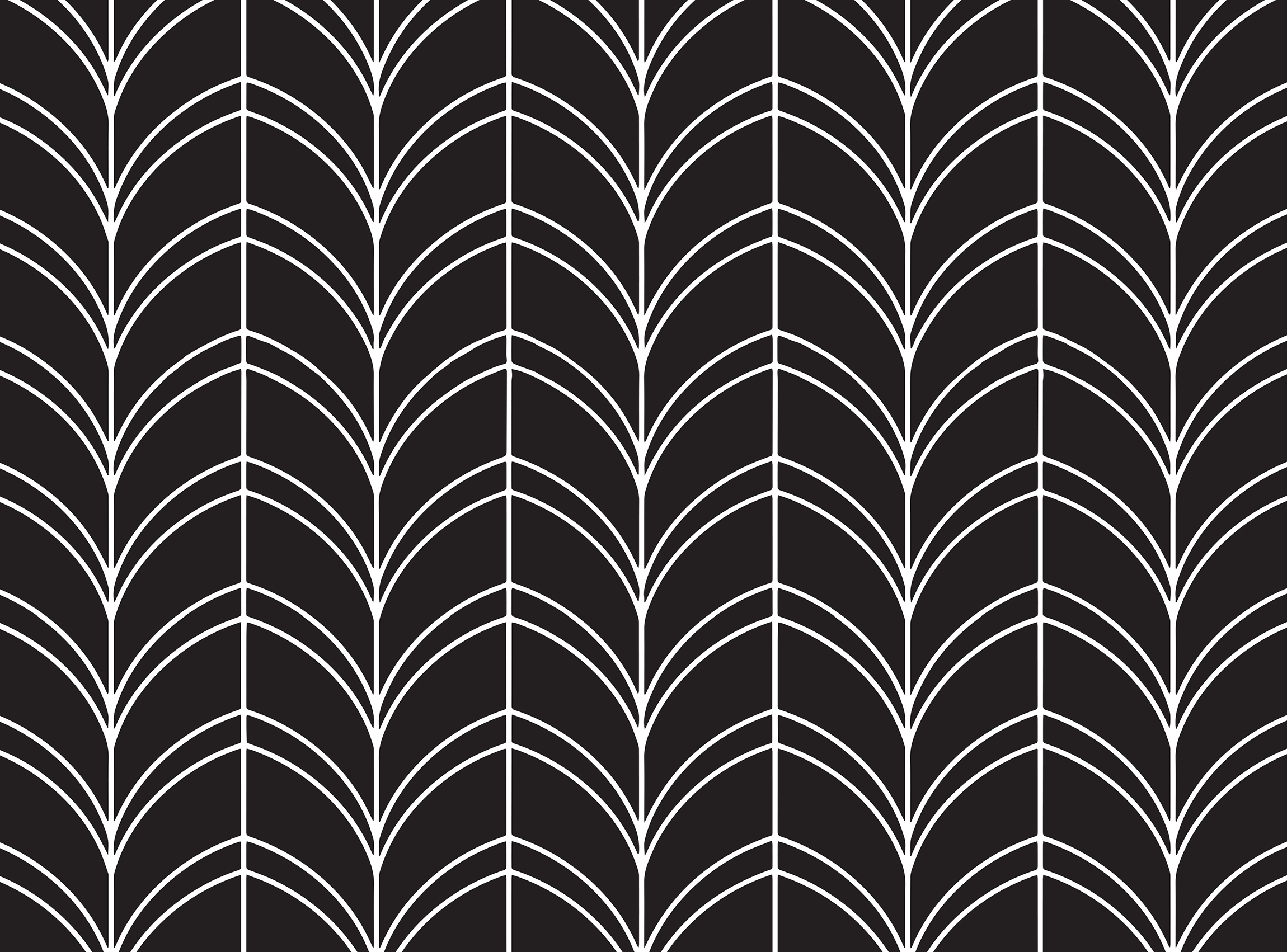The author and publisher have provided this e-book to you for your personal use only. You may not make this e-book publicly available in any way. Copyright infringement is against the law. If you believe the copy of this e-book you are reading infringes on the authors copyright, please notify the publisher at: us.macmillanusa.com/piracy.
This book is neither a biography of Chanel nor a history of the Riviera both have been written many times before but the story of the years during which Chanel spent her summers in that part of France.
The French Riviera is probably the most famous piece of coastline in the world, while Coco Chanel has a good claim to be the most famous dress designer ever. In 1930 they so to speak joined forces, with Chanel building a glamorous villa there, known as La Pausa. All through the decade that followed she came down to spend the summer in it, often with a lover, almost always with friends. It was, in many senses, her only real home: she had had apartments in Paris, but from 1934 onwards lived in the (Paris) Ritz, whereas La Pausa, built to her specifications, furnished and run exactly as she wanted, was hers and hers alone.
The 1930s were probably the heyday of the Riviera in its modern sense that is, as a place to visit for its long, glorious summer rather than, as Queen Victoria did, for winter warmth. Not yet smothered in concrete, newly opened up by the Murphys, Fitzgeralds, Hemingways and their friends, it was at first known as a place to live simply and cheaply, with the rich and fashionable swarming to Antibes, Nice and Cannes, driving out at night along the coast to eat at one of the little fishermens restaurants or into the hinterland for something a bit grander.
Few of those who had settled there, as many English had, thought much about what was going on in the rest of Europe. It was another life, warm, golden, easy, with reassuring visits by British naval ships, far removed from politics or conflict.
Then came the war years. At first, no one took much notice and life went on as before, with the French and the resident British placing their trust in the Maginot Line, believed impregnable. With the Franco-German armistice in June 1940 first came Vichy France, and a tide of Jewish refugees escaping from the Nazis, and then invasion by the Italians, followed by the Germans.
Through it all, Chanel spent summers at La Pausa, in the later years with her German lover until, with the liberation of the coast in 1944, her business still closed and her lover gone, she left for the peaceful neutrality of Switzerland. Although she visited La Pausa several times afterwards, it was no longer her home; and its sale in 1953 snapped her final link with the coast.
In the summer of 1938, the burning question on the Riviera was not what Germany was going to do next but whether or not to curtsey to the Duchess of Windsor.
It was less than two years since the Duke had abdicated the throne of England to marry, as he famously put it, the woman I love, but largely because she, Wallis Simpson, had already been divorced twice and no one knew whether she would stop at that she had been denied the HRH title that would have brought with it this automatic obeisance.
Would courtesy the Duke was insistent that respect be shown to his wife win over correctness and the feeling of some that neither of them deserved it?
It was fitting that they had come to the Riviera, the glamorous, golden, sun-filled coastline famous for uninhibited enjoyment and where nobody enquired too deeply into your past. Here, every year, the rich, the famous, the beautiful and the eccentric gathered to swim, gamble and soak up the sun in a hedonistic lifestyle that then seemed never-ending. As for any threat from Germany well, France had the impregnable Maginot Line, did she not?
That summer, it felt as though this state of things would go on for ever. By the thirties, France had become full of self-confidence. She was at the forefront of the arts, her ocean liners were the fastest and the most luxurious, her writers, her sportsmen and women, like the great tennis players Jean Borotra and Suzanne Lenglen, were known worldwide; no other nation could compete with her food, her culture and her couture. Frances prestige was epitomised by the greatest and most original designer of them all, Gabrielle Bonheur Chanel, more usually known as Coco Chanel. The Windsors were but the latest arrivals on that famous littoral. In early May they had leased the Chteau de la Cro from the press magnate Sir Pomeroy Burton.
It was not surprising that this celebrity couple had decided to settle here for much of the year. The coastline, its charming fishing villages not yet submerged under the later tide of building, was exquisitely beautiful, with sparkling blue seas, little bays, pines, groves of ancient olive trees, balmy air scented with rosemary and thyme, small houses covered with brilliant bougainvillea, pots of tumbling geraniums and colourful markets where the fish and vegetables of the coast could be bought fresh every day. No wonder it drew an increasing number of visitors.
Writers too had flocked to the Cte dAzur, many because of danger in their own country, or scandal. One of the wealthiest and most successful in the English-speaking world was W. Somerset Maugham, who had left England in 1926 following the arrest for gross indecency and enforced deportation of his American companion Gerald Haxton.
On Maughams gatepost at his house, the Villa Mauresque, was his personal talisman, the mystical Moorish sign that appeared on all his books the hand of Fatima warding off the evil eye. He was rich, generous and hospitable, his household with its thirteen servants running seemingly on oiled wheels and known for delicious food and entertaining conversation. Everyone on the Riviera accepts an invitation from Maugham at any time that they are lucky enough to get one, said another very successful writer, E. Phillips Oppenheim. That August of 1938, the Windsors did so.


